What's Current in
Science + Technology
Image
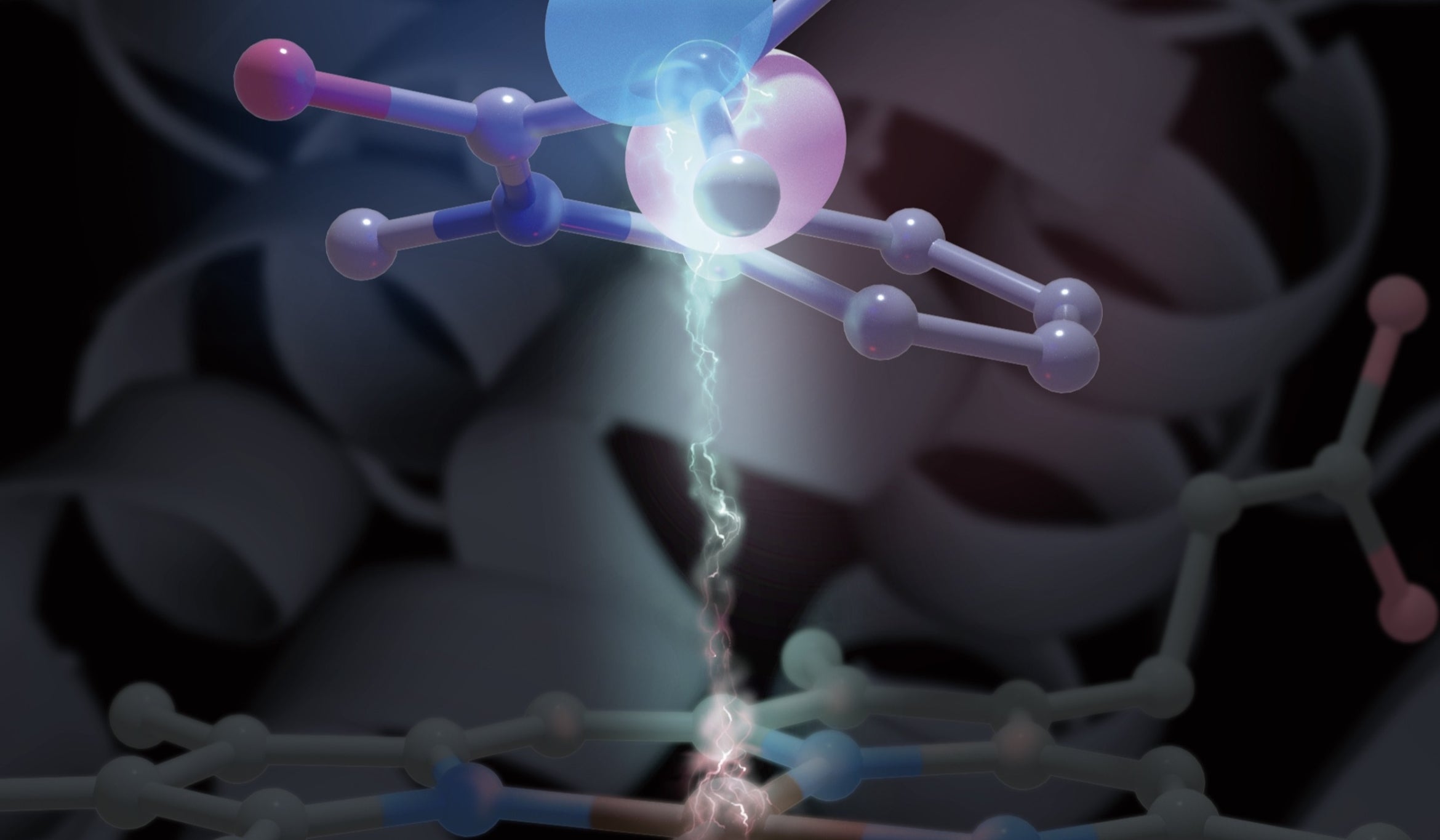
Photo Credit
Courtesy Image
Image

Photo Credit
Amelie Funk
Image
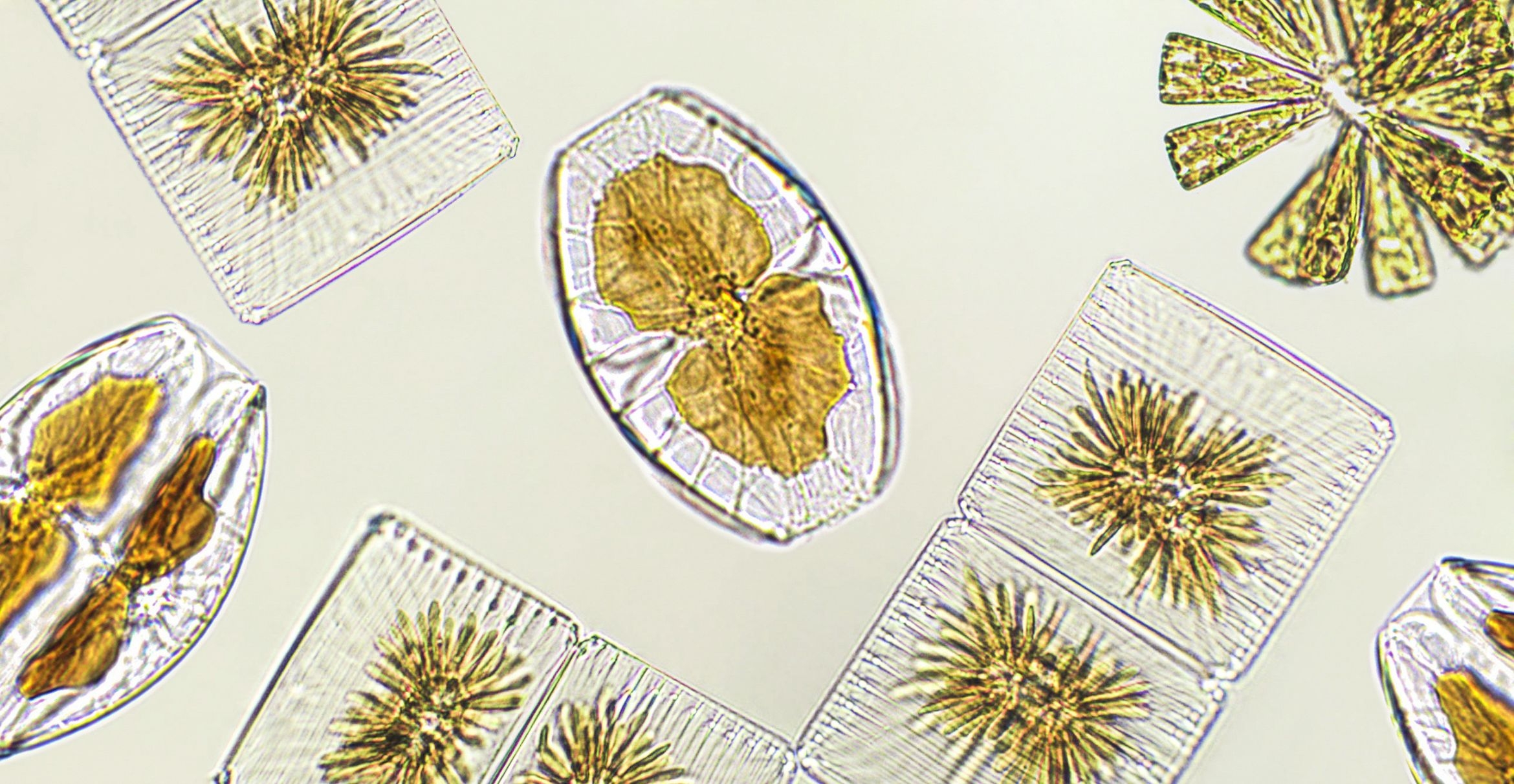
Photo Credit
Elif Bayraktar via iStock
Diatoms are one of the largest groups of phytoplankton, which serve as a foundation of the ocean’s food web.
Image
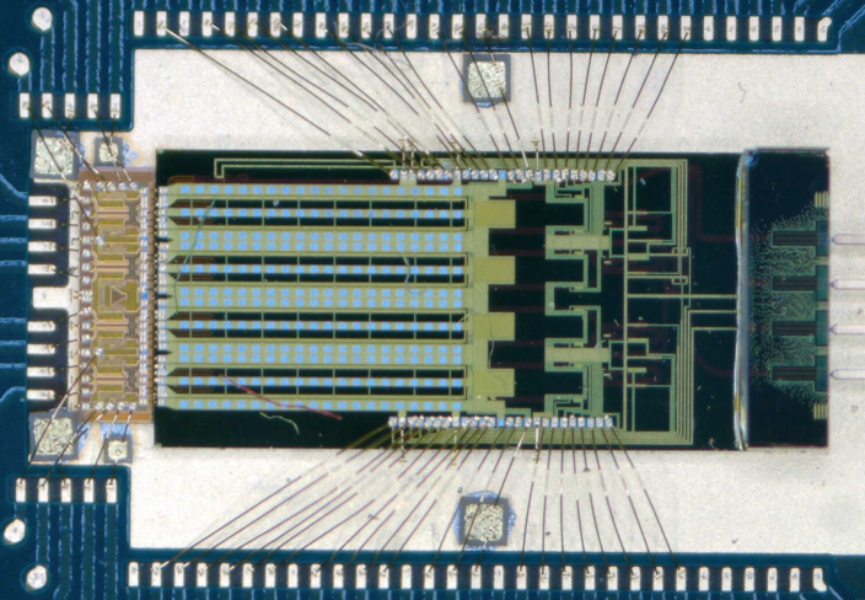
Photo Credit
Courtesy image
In this image of the newly developed transmitter assembly, the small, brownish chip on the left is the electronic integrated circuit (EIC), and the larger, black-and-gold chip on the right is the photonic integrated circuit (PIC). The long structure on the left side of the PIC is the modulator, which converts the electrical signal into an optical one. Light gets coupled into and out of the chip through the fibers on the right side of the PIC. Everything is mounted on a printed circuit board (PCB), with gold wire bonds connecting the chips. Data flows from left to right, where the incoming electrical signal gets amplified by the EIC, converted to an optical signal by the PIC, and sent out via fiber to its destination.
Image
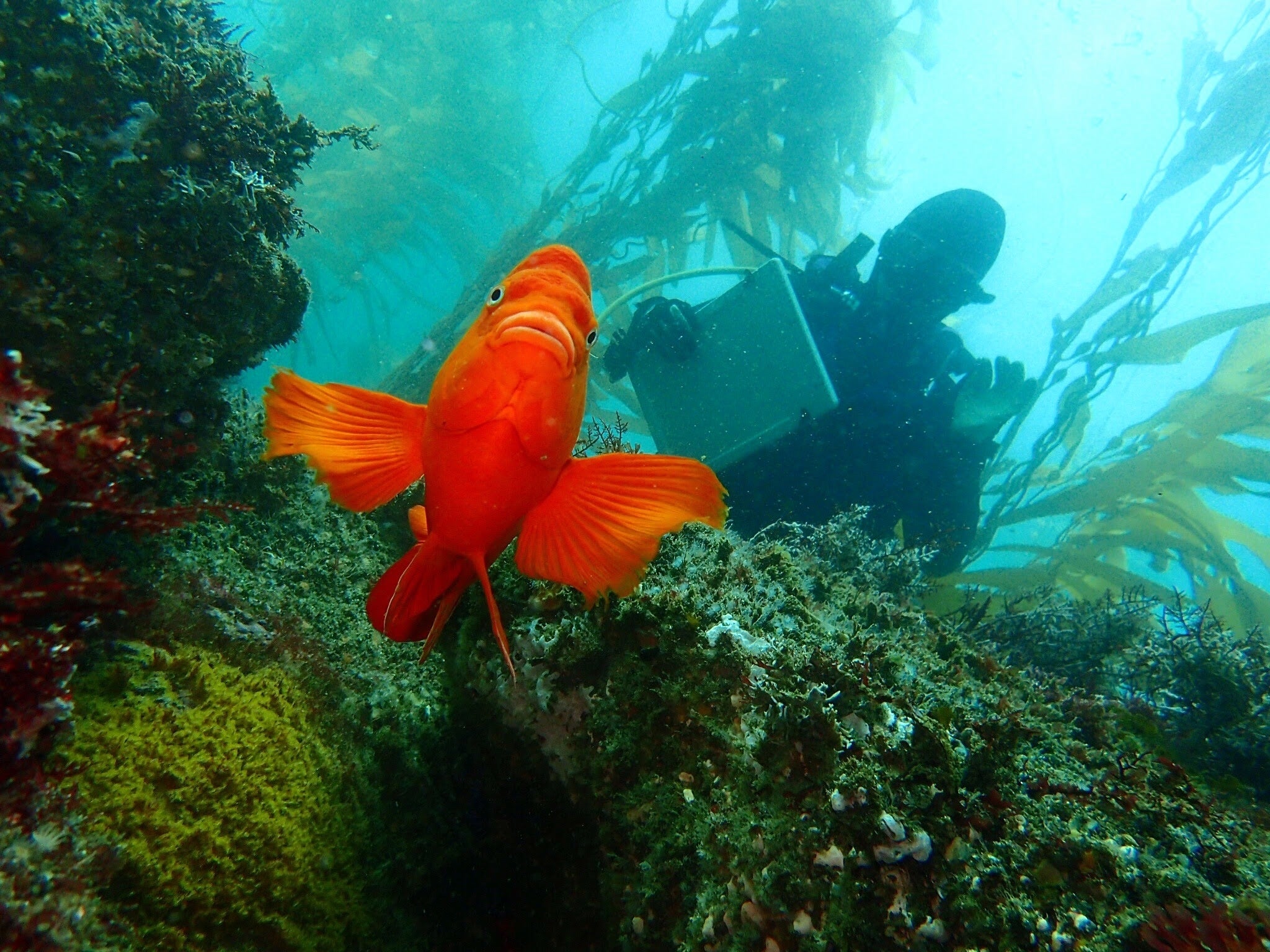
Photo Credit
Chris Honeyman
A research diver conducts periodic monitoring of a kelp forest marine protected area
Image
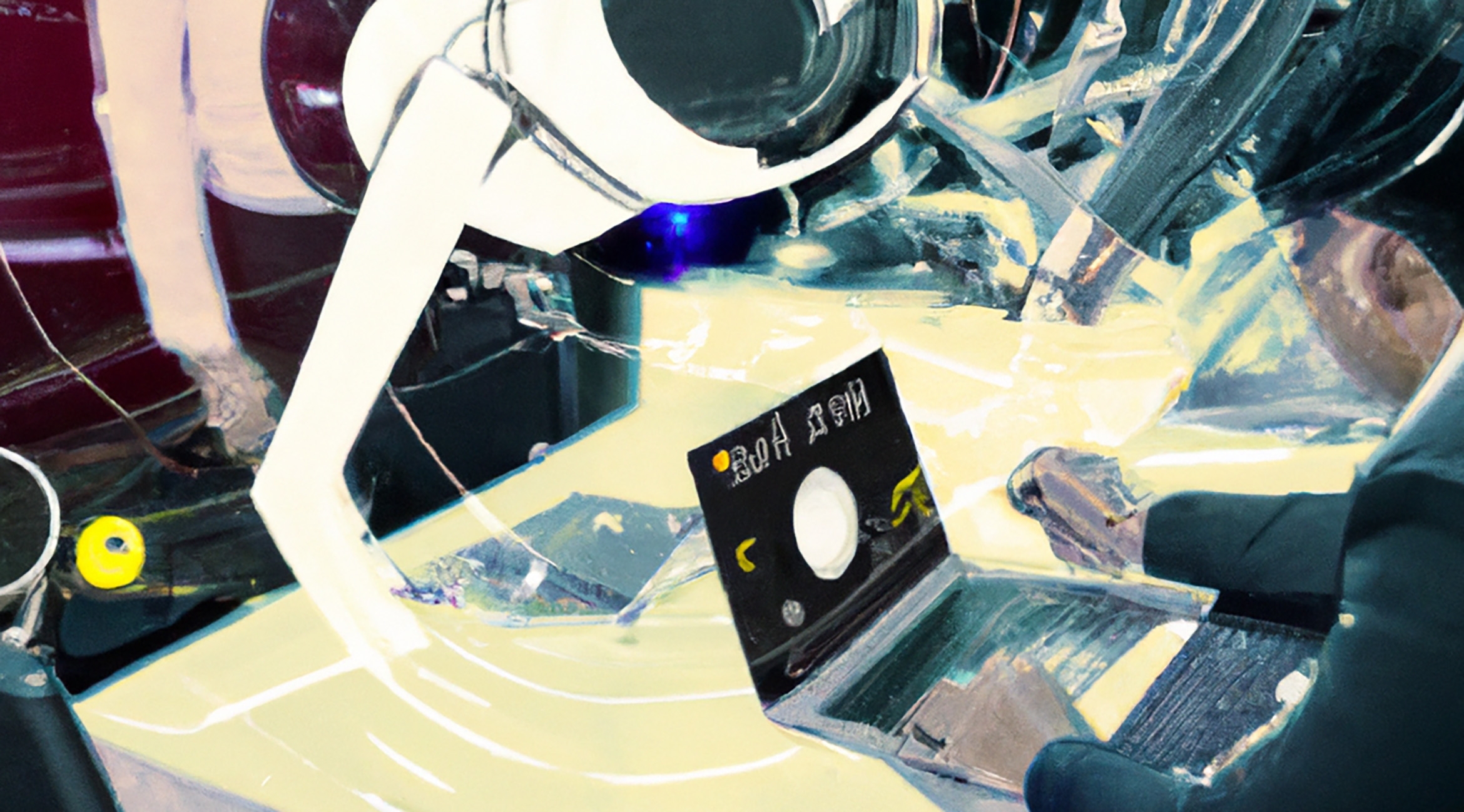
Photo Credit
Courtesy photo
An AI-generated image depicts engineers working on an AI-enabled robot.
Image
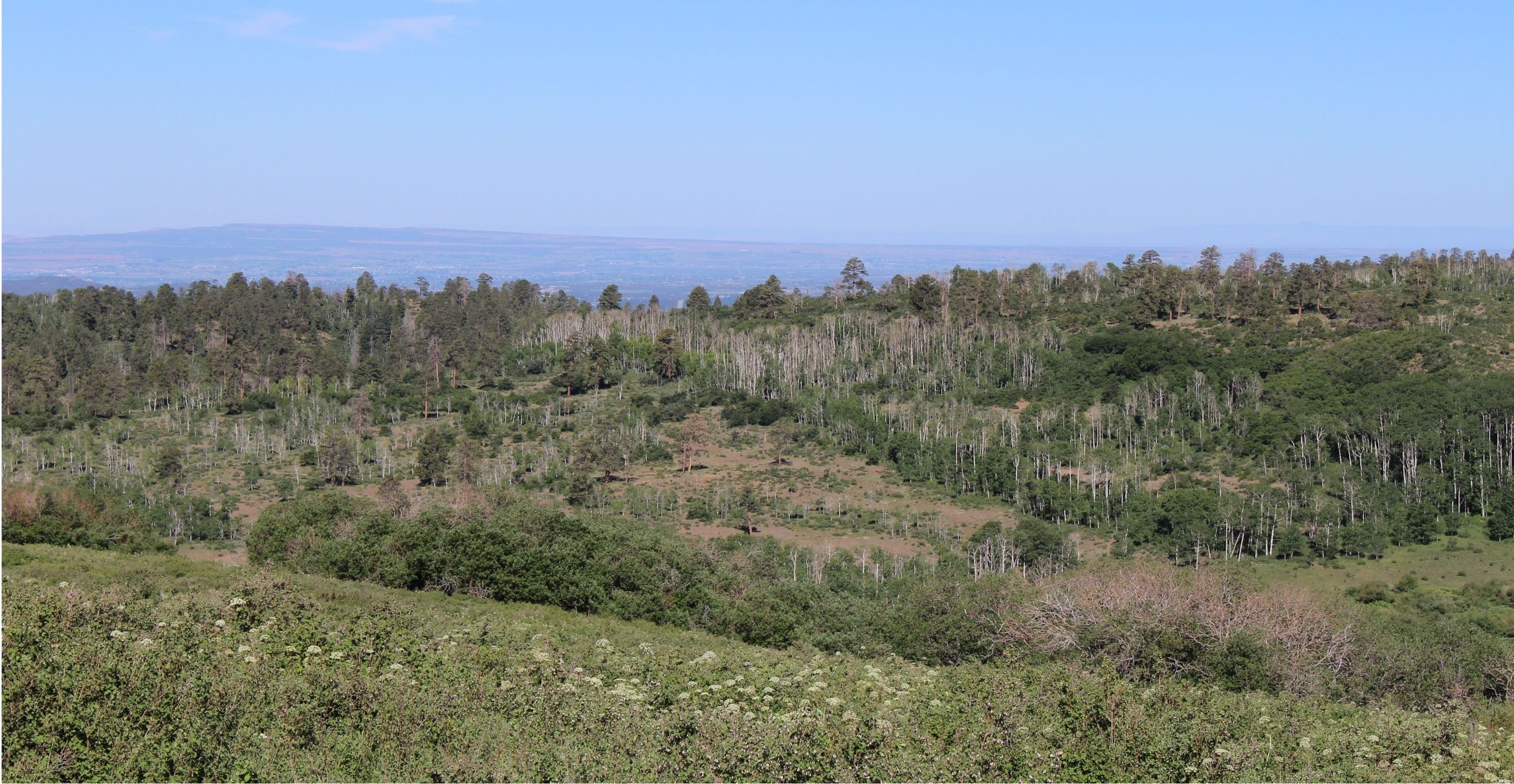
Photo Credit
Lee Anderegg
A forest community changes as trembling aspen succumb to drought in southwestern Colorado.
Image
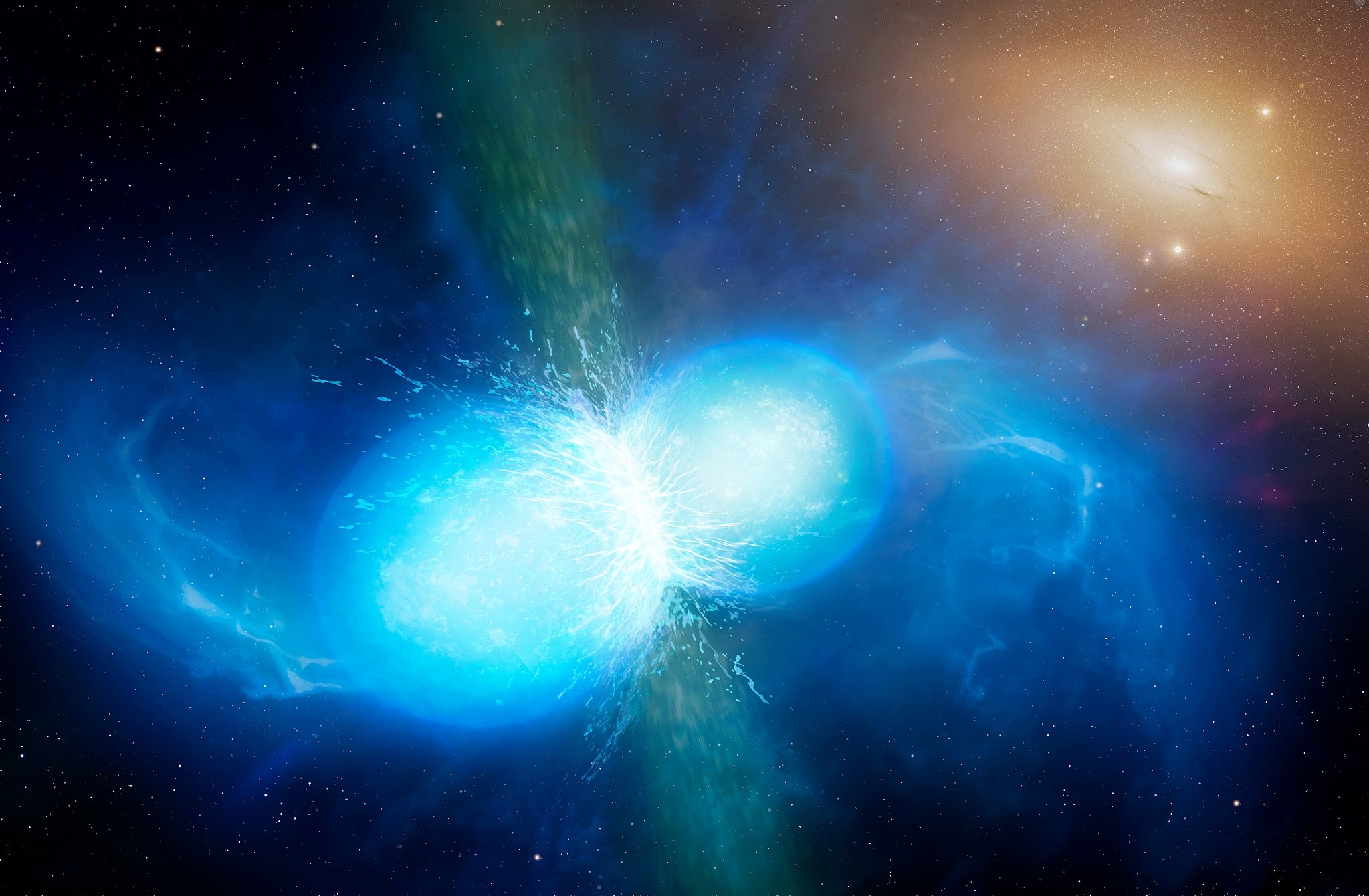
Photo Credit
University of Warwick/Mark Garlick
Multi-messenger astronomy enabled scientists to observe merging neutron stars for the first time in 2017 (artist’s impression).
Image
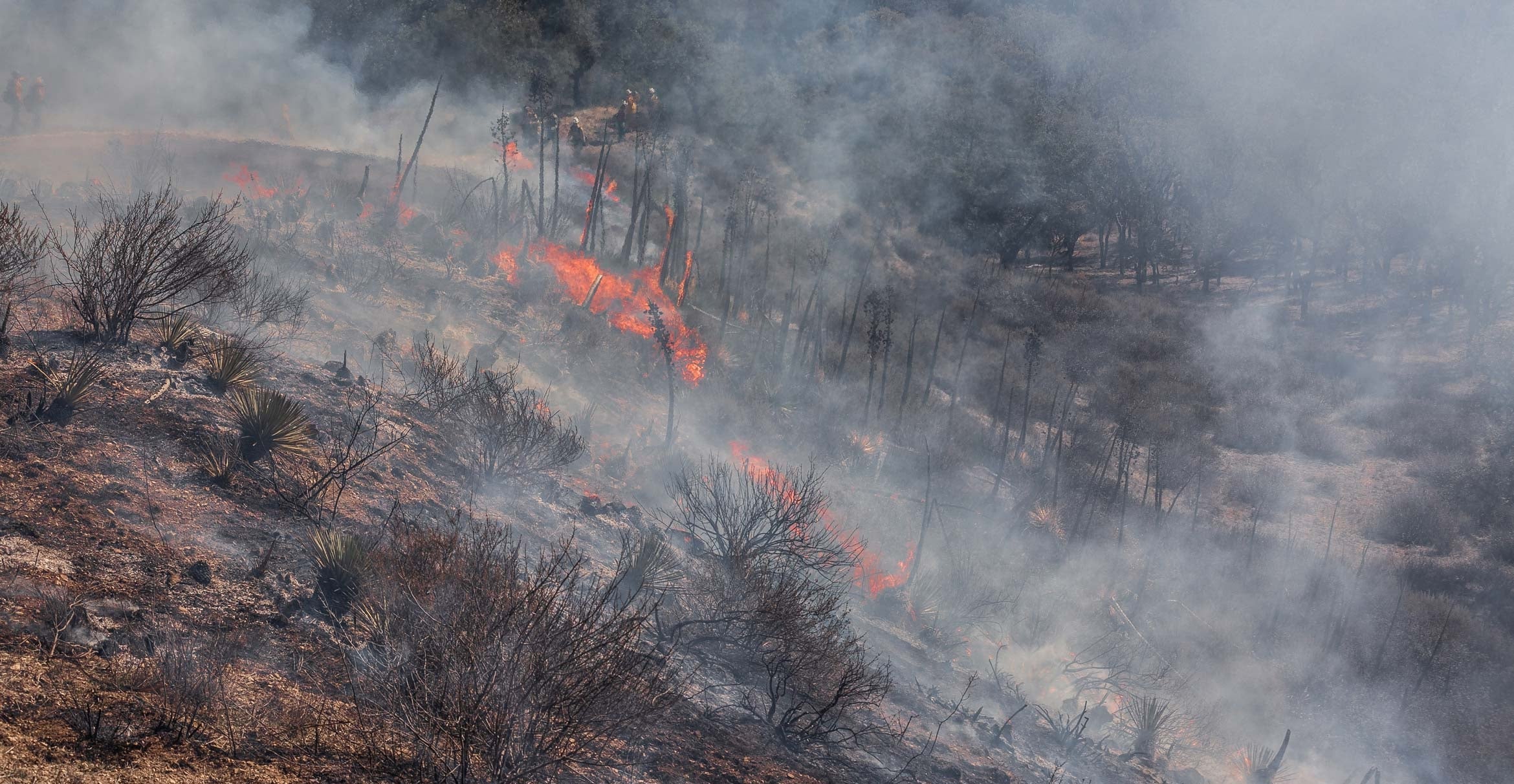
Photo Credit
Matt Perko
A flame torched hillside at Sedgwick Reserve is the site of a prescribed burn.
Image
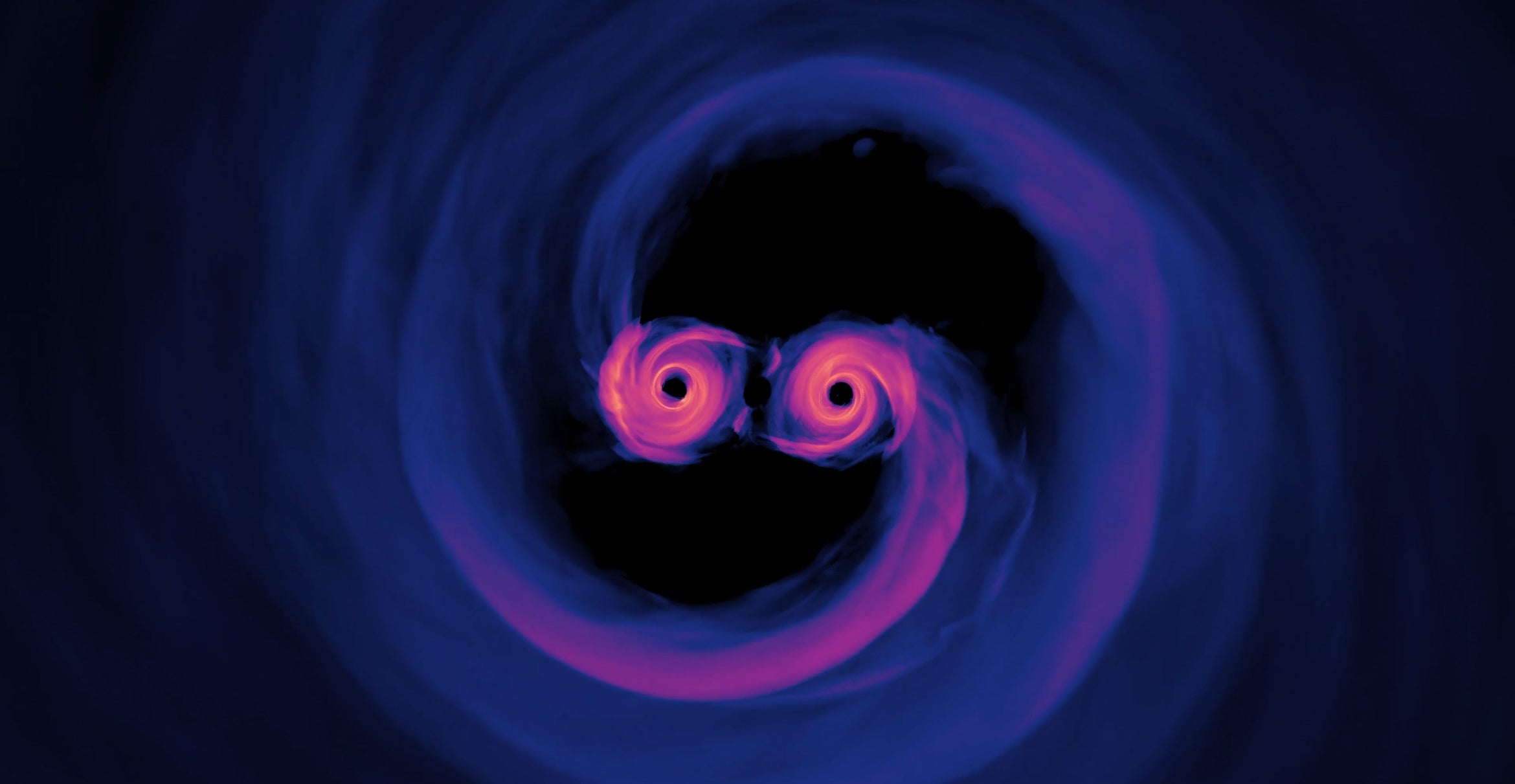
Photo Credit
NASA's Goddard Space Flight Center/Scott Noble; simulation data, d'Ascoli et al. 2018
The gravitational waves emitted by the merger of black holes, when lensed by massive objects as the waves travel toward Earth can be used to calculate the rate at which the universe is expanding


